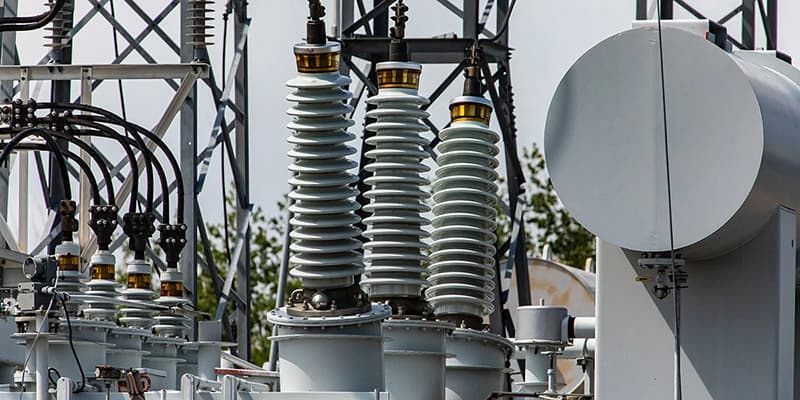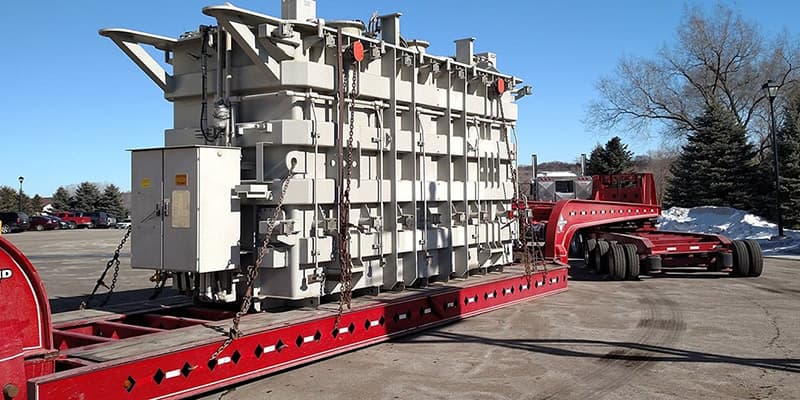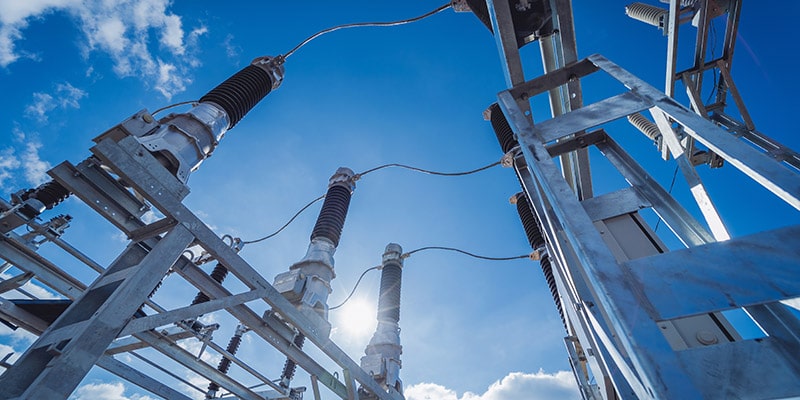Reconditioning vs. Remanufacturing A Substation Transformer
While some people use the terms “Reconditioning” and “Remanufacturing” interchangeably, there are distinctions worth clarifying when considering your transformer options.
Reconditioning a substation transformer involves minor repairs or upgrades but generally does not include winding replacement or new insulation. Both stationary transformers and mobile substations can be reconditioned. With a mobile transformer the work could include repairs to the trailer and other components.
Remanufacturing a transformer involves replacing the copper or aluminum windings and the critical insulation components, along with upgrades falling into the reconditioning category. Remanufacturing is sometimes referred to as rewinding a transformer. Some manufacturers may use the two terms—reconditioning and remanufacturing—a bit more loosely. Before you commit to getting work done on your transformer, understand the company’s language and work specifics.
Comparing the Processes
Both remanufacturing and reconditioning begin in the same manner, with a thorough visual inspection and testing of components and the electrical grade insulating liquid. Even if you’ve decided to have your transformer reconditioned, a manufacturer needs to look closely at the condition of the core, copper, and insulation. The insulation surrounding the copper windings is made of paper, and degrades over time.
The less load put on a transformer over time, the less heat needs to be controlled and the longer it will last. If your transformer has operated for years below its rated load capacity or “nameplate”,-- an inspection may prove that the windings and insulation do not need to be replaced. Or, if your aging mobile substation sees only intermittent use, its coils may be adequate for years more service and reconditioning work may suffice.
If you choose to recondition your transformer, you can get new gaskets, a new pump and radiators, updated vacuum circuit breakers, new bushings, new leads, updated digital controls, and new transport components for a mobile substation, depending on condition.
Even if you’ve decided on reconditioning your transformer the testing, oil samples, and a dissolved gas analysis could dictate that the windings and insulation need to be replaced. In this case, your transformer may need to be remanufactured.
Comparing Costs
While reconditioning will cost less, a complete remanufacturing service may only cost 15% - 30% more.
For that relatively small price difference, a remanufactured transformer will include all new copper windings and a new insulation package, along with the components covered in reconditioning work (pump and radiators, gauges, bushings, controls, breakers, etc.) And when the remanufacturing is complete, your transformer starts fresh. It’s like setting its odometer back to zero. Copper windings and their insulation are the key to a transformer’s long and productive life, and remanufacturing can buy you decades of like-new service.
Keeping your existing transformer in operation longer is particularly advantageous when you consider the extremely long lead times and limited availability of newly manufactured transformers.
As a remanufacturing company with 50 years of service experience, Jordan Transformer supports its remanufacturing work with a warranty on the copper windings. This warranty is not possible when reconditioning as it leaves the original windings in place. For some transformers, reconditioning may solve a warranty problem.
For assurance, remanufacturing a transformer or mobile substation is the solution that provides long-term value.
.png?width=295&height=96&name=Untitled%20design%20(8).png)




